A Longed-For Taste of Home in ‘The Exile’s Cookbook’
A 13th-century Arabic cookbook reveals the culinary life of al-Andalus.
“I believe that this was the work of a man who had a yearning for the homeland that he would never see again,” says British food historian Daniel Newman. He’s talking about Fiḍālat al-Khiwān fī Ṭayyibāt al-Ṭaʿām wa-l-Alwān, meaning “Remainders on the Table as Regards Delightful Foods and Dishes,” the original title of a cookbook written in Arabic around the year 1260.
The author, Ibn Razīn al-Tujībī, was a scholar from a prominent family in the city of Murcia in southern Spain, when it was under Muslim rule as the region of al-Andalus. His family was driven from Spain by advancing Christian armies during the Reconquista, or Christian reconquest, in the 13th century. By the 1260s, the family had settled in North Africa, where al-Tujībī began working on his cookbook. “It’s really an anthology of dishes that he remembered from his homeland,” Newman explains. “But more importantly, he wanted to preserve it for posterity.”
Like al-Tujībī, Newman has long been interested in documenting and preserving culinary history. Initially, Newman’s research into medicine in the medieval Islamic world—a culture in which “food was both medicine and nourishment,” he says—was what led him to the cookbooks of the period. Curious what the recipes he was researching would taste like, Newman began trying to recreate them, documenting his recreations on his blog Eat Like a Sultan. He points out that these reconstructions have often helped him understand recipes better, especially when the original instructions are vague. “Medieval recipes are often very light on measurements, portions, and so on,” he says.

Newman has collaborated with chefs to adapt recipes for medieval-style banquets all over the Middle East. When it comes to these events, “it’s not so much an eating experience, although the food is very good, of course,” Newman explains. “It’s also to highlight what is still a very underrated and relatively unknown cuisine.” Newman’s first cookbook translation, The Sultan’s Feast, brought a 15th-century Egyptian text with over 300 recipes to an English-speaking audience. Now, Newman has translated and published al-Tujībī’s life’s work, titling it The Exile’s Cookbook in recognition of the story behind its creation.
The path to a complete modern translation of al-Tujībī has not been a straightforward one. The original work was lost after the late 1600s, and for centuries it survived only as scraps quoted in various other manuscripts. Then, a complete manuscript was identified in the collection of the British Library, where it had not been recognized because it had no title or label connecting it to al-Tujībī. Since then, two other complete manuscripts have surfaced, and the first English translation, by Nawal Nasrallah, was published in 2021.
Gastro Obscura spoke with Newman about his new translation, and what we can learn about the lost world of al-Andalus from al-Tujībī’s life and recipes.
This interview has been edited and condensed for length and clarity.

Can you describe Medieval Arab cookbooks in general?
When we look at Medieval Arab cuisine, we’re faced with somewhat of a mystery. What is generally considered to be the “oldest Arabic cookery book” goes back to the thirteenth century, but clearly refers to a cuisine from the 8th and 9th centuries. There isn’t really that much that preceded the Arabic tradition that has survived. We have no recipe collection from Persia; when it comes to Ancient Greece, there are no real recipe collections.
Ninety percent of medieval cookery books reflect the cuisine of the elite, and al-Tujībī is no exception, simply in terms of the ingredients. It’s very meat-heavy. But there are also a large number of dishes that would have been eaten by all classes of society, especially dishes requiring beans and pulses.
How does al-Tujībī’s life story tie in with his work?
What we know about him comes from secondary sources, and he himself makes occasional references to some of the events in his life. He was a scholar. He was also a teacher. So we may wonder, “Why did he write the recipe collection?” And this is where the title Exile’s Cookbook comes in.
You have Christian armies moving across the peninsula, capturing Muslim-held territory and towns. There were only a couple of ways to deal with this. One is you stayed and hoped for the best, which worked for some people, but the best often very quickly turned into the worst. Another option was to go further south, and al-Tujībī was one of those. He crossed the Straits of Gibraltar into Morocco, stayed a bit in Morocco, then went to Algeria, and stayed a bit there. Then he settled in Tunis. And it is in Tunis that he wrote or compiled his book, and where he would also die, in very, very abject misery.
When you feel homesick, or when you’re in another place for a very long time, one of the things that gives us the most comfort is food. It could be the food that you ate at home as a child, it could be the food that surrounded you as you grew up. I believe that this is really the work of somebody who wanted to give a voice to the culinary legacy of his homeland.

Did al-Tujībī collect recipes from many different sources? Did he write his own recipes?
In the introduction, al-Tujībī talks about recipes that he himself invented. But at no point in the book does he actually mention which recipes he invented. It’s a question that’s very difficult to answer, for all the [medieval] cookery books, really. It’s even incorrect to talk about “writing” cookery books, when we should talk about “compiling,” because the authors themselves, in many cases, didn’t really invent recipes.
There are some recipes in al-Tujībī that can be found in the anonymous Andalusian Cookbook, which was produced in Muslim Spain in the same century, and other cookery books. There’s a number of scenarios here, and my own feeling is that there was a pool of recipes that may have been circulating. And probably, al-Tujībī fled Spain with a collection of recipes already in his backpack, and he afterwards added to them: He changed them, adapted them, and collected further recipes as he moved across the Mediterranean.
He will say, for instance, “The people of this town, they make it like this, the people of that town, however, they do it like that.” He wasn’t a chef, and hence I think it’s really a work of culinary history more than anything else, composed by an exile essentially trying to form a bond with his native land.
Medieval Andalusia was home to Christians and Jews as well as Muslims. Do al-Tujībī’s recipes reflect this diversity?
In al-Tujībī, there is one recipe that is referred to as “Jewish,” but, just like the six or seven so-called Jewish recipes of the Andalusian Cookbook, it’s difficult to see what the Jewish element is. In fact, in medieval Arabic literature, there is a much bigger body of what we could call Christian recipes, referred to as “counterfeit” dishes. These are vegetarian versions of meat recipes.
In the Middle Ages, Christians really got a bad culinary deal. Many days of the year, they weren’t allowed to eat any animal products. This is why in medieval Europe, almond milk, which they got from the Arabs, was so important. It gave them a milk substitute when cow’s milk was not allowed. So counterfeit dishes were for Christians first of all, and also for sick people, because of the idea that vegetarian dishes would be lighter on the stomach. The view was that people were so keen on eating meat that the only way to persuade them to eat this vegetarian business was to make it look like meat.
My own view is that the communities ate the same things on a day-to-day basis. And it’s only food related to certain religious rituals that would have been different between the various communities. In the cookery books, there would not have been any reason to add ritual food, so the fact that there’s no references to specifically Jewish or Christian food can easily be explained in that way.

Tell us about murri, the condiment or sauce that features prominently in al-Tujībī’s book and other Medieval Arab cookbooks.
I found a 9th-century translation of a work by the Greek physician Galen, where the Arabic translator actually does translate the Greek garum—fermented fish sauce—as murri. But there’s a very clear distinction. What garum and murri both have in common is that they are the result of fermentation. We could even say that murri is like soy sauce, or like Thai fish sauce: In fact, with murri, the flavor is actually very close to soy sauce.
The usual description of murri is that it was made from fermented barley, which takes several months. You make barley cakes, you toast them, you mash them, you put them out of the sun and so on and so forth, until you get a good funk going. And there are also short versions of the recipe. Al-Tujībī actually has a very nice instant version, which we use at home.
What’s a recipe from al-Tujībī that stands out to you?
To me, actually, the one thing that sticks out the most isn’t one recipe, it’s an ingredient: eggs.
I mean, it’s ridiculous the number of eggs that they used. I often joke that an Andalusian would not have been able to get through a meal without eggs. We have a dish which has some eggs; they would add an egg layer, and then on top of that, they would put some egg yolks, just for good measure. I’m not familiar with all the regional cuisines in Spain, but it’s something that clearly still survives: the Spanish tortilla is not like the one you know in America, it’s like a very thick egg omelet. So I’m thinking this must be some kind of throwback to the Andalusian days.
If you don’t like eggs, Andalusian cuisine is really not for you.
Gastro Obscura covers the world’s most wondrous food and drink.
Sign up for our regular newsletter.








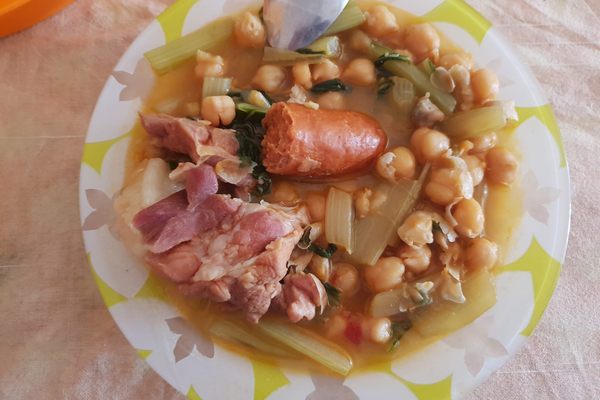




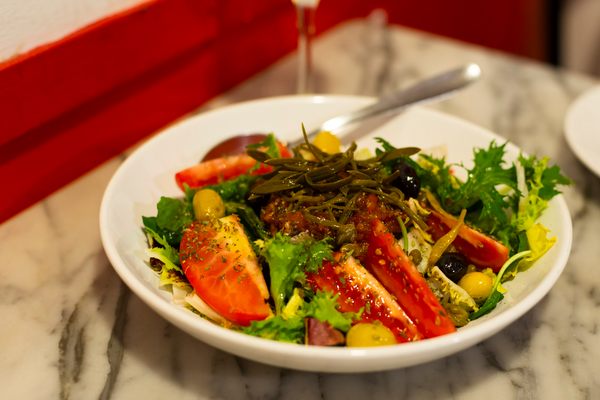
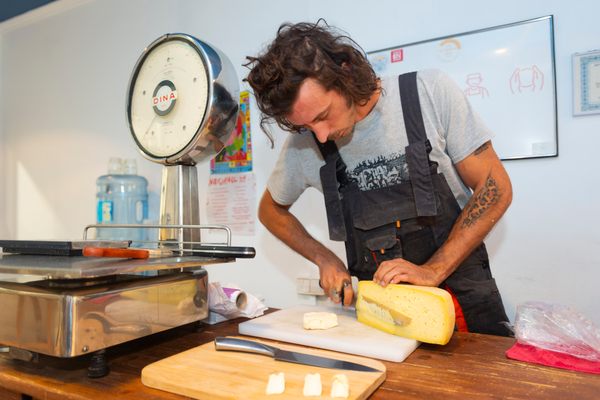
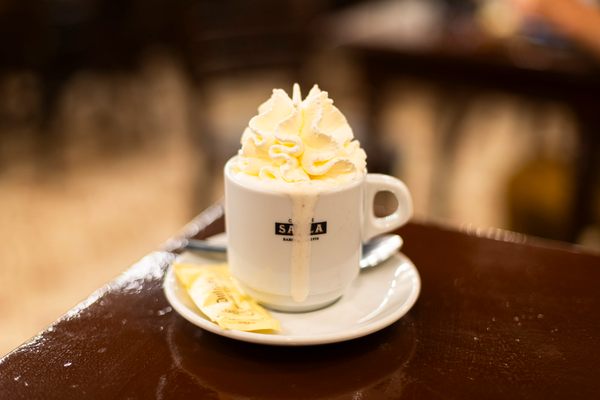
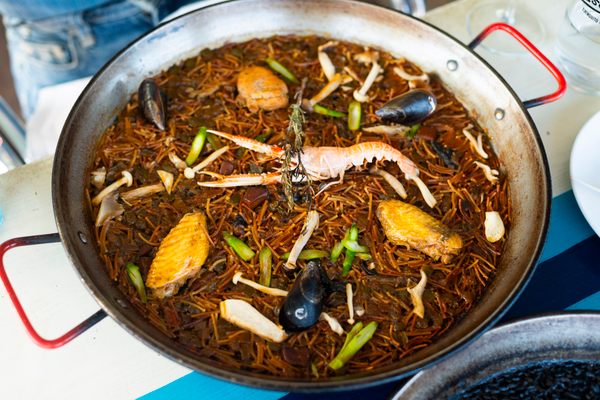


Follow us on Twitter to get the latest on the world's hidden wonders.
Like us on Facebook to get the latest on the world's hidden wonders.
Follow us on Twitter Like us on Facebook